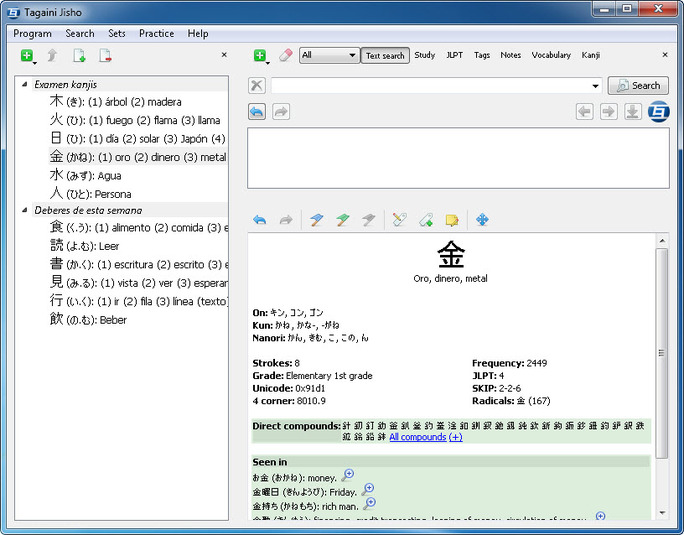

On the right side, you are expected to enter the corresponding translation in your language: On the left side, you will see the entry in Japanese and its English translation. So, when you start translating a resource, you will reach the translation interface. It also allows proper regression tracking to take place. Resources have a priority which gives an indication about the order in which they should be translated: highest-priority modules should be translated first.įor consistency purposes, translators should work on translating one module entirely before starting another one: this ensures that translations are made in a progressive manner and that most frequent entries are covered before less frequent ones. They are also important for regression tracking (more on this later). Definitions to translate are indeed packed into “resources”, which are logical divisions of definitions according to their popularity and importance in study. You can then start translating a resource, preferably starting from the ones with a higher priority. Ready to participate? Great! Just register an account on Transifex and either ask to join an existing language team or to create a new one if no team exists for your language.
TAGAINI JISHO TRANSLATOR HOW TO
Once again, please do not go beyond the semantic range of English as it will make the resulting data inaccurate.Īlso, please subscribe to the following mailing list in order to receive important announcements: How to translate The reason for that is that the same entry is present somewhere else, with other English meanings that complete the translation you are currently doing. In such cases, please do not translate beyond that incomplete translation. Sometimes you will find that a Japanese word has a wider meaning than the one expressed in its English translation.

We extract the Japanese words/kanji and English definitions as a source string, and ask contributors to translate the English meaning into their language. There are two separate projects for JMdict and kanjidic2. The actual effort takes place on Transifex. The data will be released under a Creative Commons Attribution licence. In the future, we hope to have them directly integrated into the original projects.Īlthough is used as a host for the project, the result is not limited to Tagaini Jisho. It will be released as an enriched, compatible version of the JMdict/kanjidic2. How is it released? It is limited to Tagaini Jisho? This effort aims at improving both the coverage and quality of these translations by involving the community.

They are invaluable resources for the student of Japanese, but unfortunately mostly limited to English, with translations in other languages incomplete and even sometimes incorrect. These two dictionaries are the main sources of many Japanese-related open-source projects (Tagaini Jisho of course, but also, JWPCE, etc.). Lot of context information related to your study, like transitive/intransitive equivalents of verbs, studied words using a given kanji, etc.An effort to improve coverage of non-English languages in the JMdict and kanjidic2 dictionaries. Presentation of results that focuses on the entries you need to study, Powerful searching options for both vocabulary and kanjis, such as part-of-speech, JLPT level, etc. Tagaini Jisho also features complete stroke order animations for more than 6000 kanji. Finally, it makes it easy to review entries you did not remember by listing them on screen or printing them on a small booklet. It also let you train entries you are studying and follows your progression in remembering them. It allows you to quickly search for entries and mark those that you wish to study, along with tags and personal notes. Developer's description: Tagaini Jisho is a free, open-source Japanese dictionary and kanji lookup tool that is available for Windows, MacOS X and Linux and aims at becoming your Japanese study assistant.


 0 kommentar(er)
0 kommentar(er)
